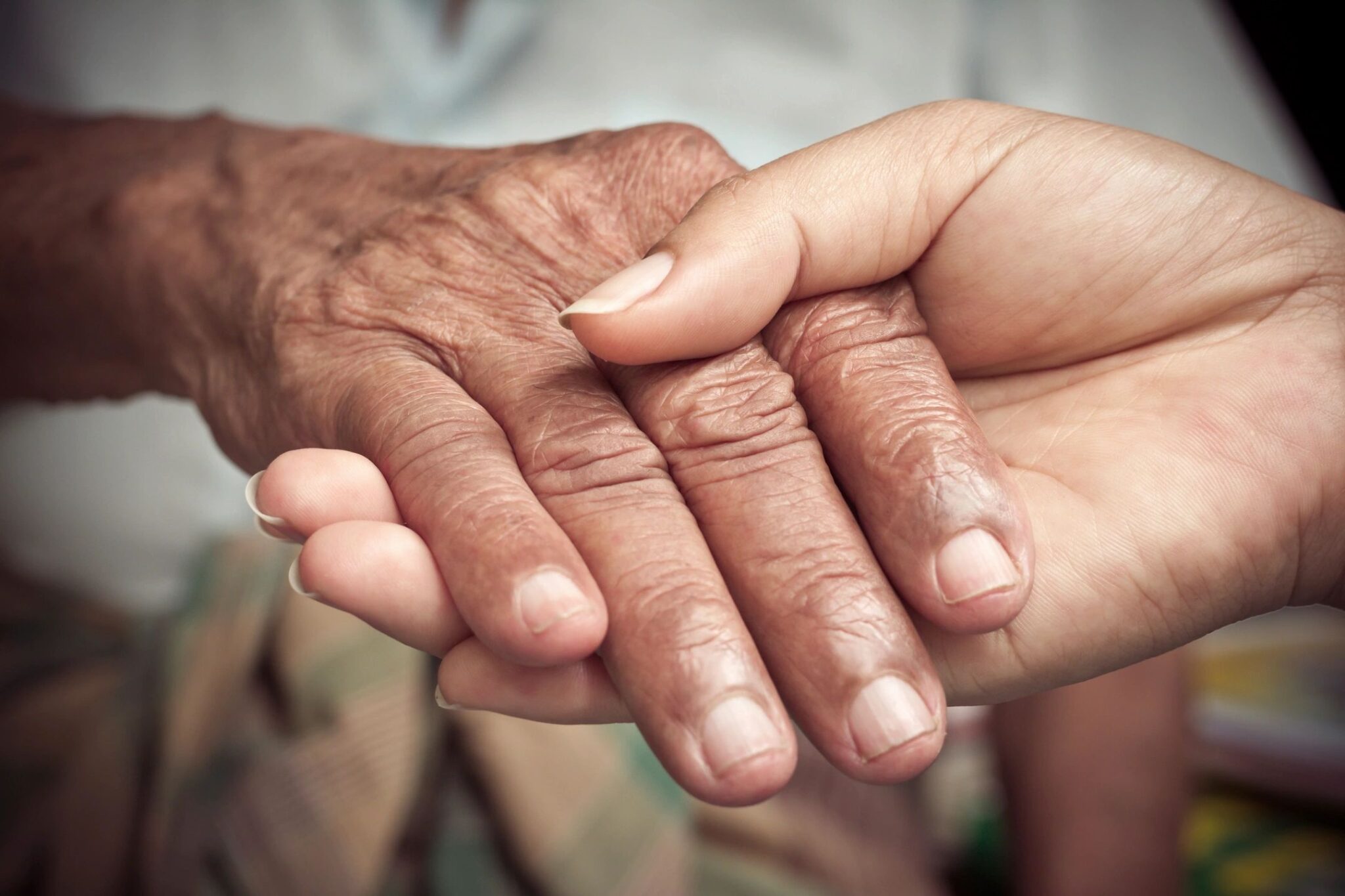Odor profiles are an emerging form of evidence as scientists work to identify and classify individuals based on the chemical compounds naturally released from hands.
By Claudia Suzanne Willis
It is well-known that dogs have used their uncanny sense of smell to help identify and locate forensic evidence. It would be helpful to replicate this ability in the laboratory: for forensic scientists to be able to analyze evidence related to smell that they’ve collected from perpetrators’ hands. For now, it remains difficult to evaluate human odor profiles; however, recent research conducted at the Global Forensic and Justice Center at Florida International University has been able to classify individuals as male or female based on hand odor collection.
What makes an odor profile?
Odorants released from the body are formed from a complex mixture of chemical compounds called volatile organic compounds, or VOCs. These can be found in human sweat and are able to evaporate easily. All living organisms release different types of VOCs, like plants releasing oxygen.
Based on the structure of VOCs, they may be detectable or undetectable to the human nose. An example of VOCs you can smell includes scents from candles, like vanilla. On the other hand, the VOC ethylene glycol, a common additive in antifreeze, is odorless.
Learn more about the neuroscience behind smells: How a Special Smell Triggers a Memory
Primary odors released from the body in the form of sweat are specific to the individual person. Factors such as your genes and microbiota contribute to individual odor profiles. Microbiota consist of bacteria, fungi, and viruses, and can be found on the outer layer of your skin. The microbiota found on your skin are essential to maintaining healthy skin, similar to the microbiota in your gut maintaining healthy digestion.
You may be wondering, how do the microbiota found on the skin affect smell? Human perspiration actually has no scent when it first surfaces on the skin. Substances in the sweat are broken down and turned into VOCs by the microbiota present on the skin. By producing VOCs, the microbiota are creating the individual odorants that make up human odor profiles.
Detecting VOCs
The researchers successfully used an instrumentation technique called gas chromatography to compare odor profiles from the hands of study participants. Previous work had already shown that you can have VOCs in your odor profile that are characteristic of age, sex, and racial/ethnic group.
You may not be able to smell the VOCs from your hands, but dogs can be reliably trained to identify people based on their odor profile. Yet there is a lack of data samples and analytical techniques available to recreate this ability in the laboratory, so this new research will help scientists to understand how we can use odor profiles to distinguish individuals from each other.
Gas chromatography made it possible to analyze individual odor profiles collected from 60 participants of different ethnic backgrounds. First, participants held a sterilized piece of cotton gauze between their hands for 10 minutes. Then the researchers used gas chromatography to determine what VOCs were evaporating from the fabric sample. Similar to how a dog’s nose can distinguish between different smells, gas chromatography can identify specific VOCs based on their structure.
Dogs can help with citizen science projects near you: Let’s Do Some Doggone Science With Your Pup!
Using statistical analysis, the scientists classified the VOC data into characteristic groups. From the VOC information collected, they could use a person’s odor profile to predict whether they were male or female with up to 96.67 percent accuracy for both sample groups. This work shows a model example of how odor profiles could aid forensic teams in using the available evidence to determine a perpetrator’s characteristics.
Odor profiles for forensic evidence
Humans are constantly shedding skin cells, which allows odor profiles to persist in the environment. Improving odor identification technology could be beneficial to collecting complete forensic evidence at locations where crimes have been committed. Odor profiles collected at investigation sites could aid in identification when fingerprint or DNA data are incomplete.
At this time, VOC data and analysis methods are insufficient to be used in investigations. However, detecting and classifying human odor profiles is the next step in improving this technology.
This study was published in the peer-reviewed journal PLoS ONE.
References
Byrd, A. L., Belkaid, Y., & Segre, J. A. (2018). The human skin microbiome. Nature Reviews Microbiology 16, 143–155. https://doi.org/10.1038/nrmicro.2017.157
Frazier, C. J. G., Gokool, V. A., Holness, H. K., Mills, D. K., & Furton, K. G. (2023). Multivariate regression modelling for gender prediction using volatile organic compounds from hand odor profiles via HS-SPME-GC-MS. PLoS ONE 18(7): e0286452. https://doi.org/10.1371/journal.pone.0286452

About the Author
Claudia Suzanne Willis is a Junior Research Specialist at a research center for smell and taste science. She is a chemist by training, and an avid reader, baker, and runner in her free time. She lives in Philadelphia, PA, with her roommate, cat, and houseplants.




